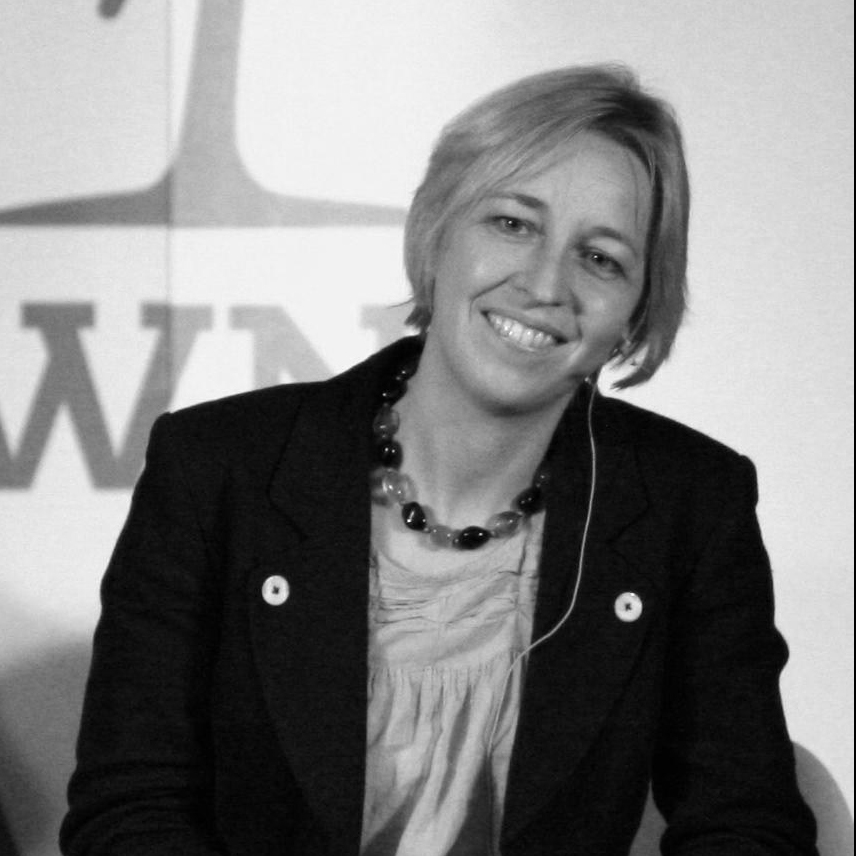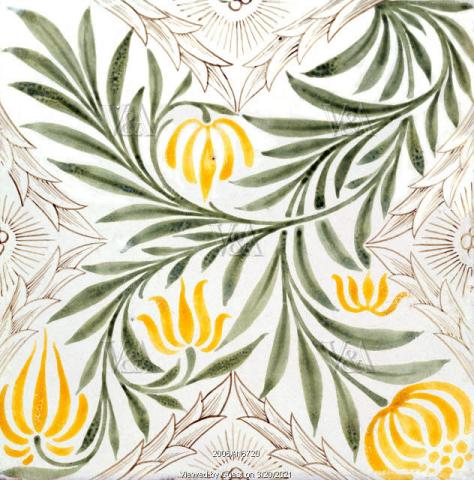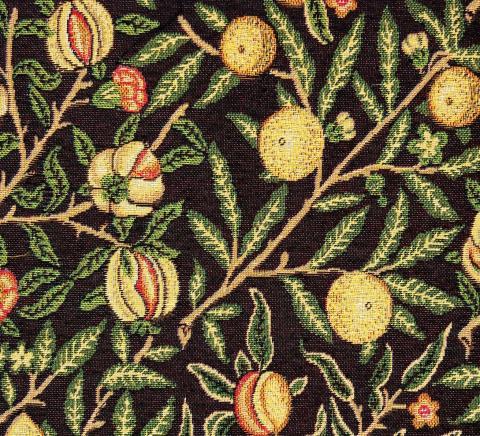How William and daughter May became artists as advocates for nature
The designs created by William Morris and his daughter May abound with greenery and growing things. Orchards, hedgerows, kitchen gardens and wild woods all provided inspiration for their art and lectures.
Throughout their lives, they looked for ways to connect domestic spaces with their gardens, as they constructed beautiful patterns from honeysuckle, apple blossom and roses. Their creativity was bound up with a recognition of the fragility of the natural world. In his lecture, 'Art and the Beauty of the Earth', William Morris urged his audience to take responsibility for protecting their environment. He believed that artists should lead the way as activists and advocates for Nature.
This talk accompanies a new exhibition curated by Suzanne for 2025-26 in Winchester.
How to book this event:
Visitors are always welcome either in person in the Hall or online via ZOOM. Prices are £10 per person (£5 if from another Arts Society)
For visitors to the Hall just turn up on the day and pay the fee by card at the Welcome Desk.
For online access via Zoom. if you are not already on our mailing list, please apply via the Zoom scheme or email hambleton@theartssociety.org to receive the unstructions to pay and subsequent links. If you are a regular visitor on our mailing list you will receive notice of the meeting with a link to pay by credit card, which when complete then sends you the Zoom links by return
THE ARTS SOCIETY ACCREDITED LECTURER

Dr Suzanne Fagence Cooper
Dr Suzanne Fagence Cooper is an art historian working on 19th and 20th Century British art. She was a curator and Research Fellow at the V&A Museum, and is currently Honorary Visiting Fellow at the University of York. She has curated a major exhibition on John Ruskin and J.M.W.Turner, and she is planning a new exhibition project on William Morris and his family for 2025. Suzanne is the author of 'To See Clearly: Why Ruskin Matters', 'Effie Gray' and 'Pre-Raphaelite Art in the V&A Museum'. She is a trustee of the Burne-Jones catalogue raisonné and has worked as a consultant for TV and film projects, including 'The Invisible Woman' with Ralph Fiennes. She leads art history tours in England, France and Switzerland, and is an invited speaker for Cunard. Her latest book is How We Might Live: At Home with Jane and William Morris.
OTHER EVENTS
This talk covers the early years of jazz up to the Second World War
Brighton Road








